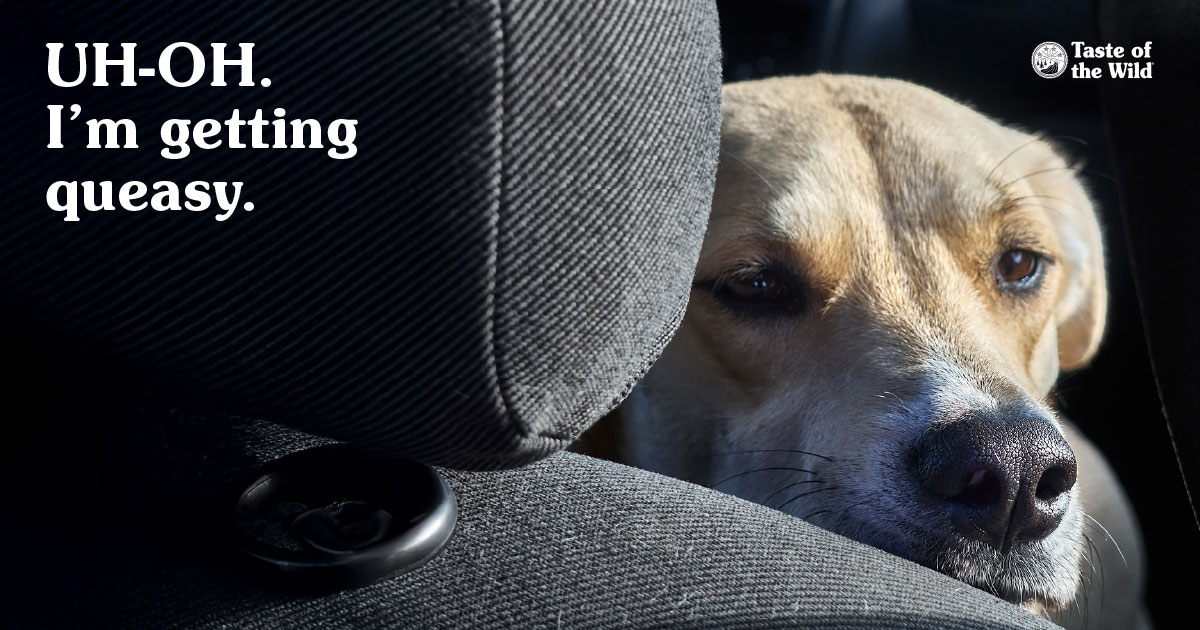What to Do About Slipped Disks in Dogs
Thursday, April 11, 2019 | Health

If only dogs could rub their lower backs with their paws and groan. Then you might be able to spot a spinal issue earlier. But all too often, you might not realize there’s a problem until your dog has trouble using one or more legs.
What, exactly, is a slipped disk?
Disks are buoyant structures between the spinal vertebrae that normally act as shock absorbers, cushioning the bones. Trauma, abnormal weight bearing on the spine, wear and tear from aging and other factors can cause the disk or contents of the disk to herniate — or slip out of place — often pushing against the spinal cord.
As you can imagine, this can cause your dog pain and discomfort. But severe spinal cord impingement can lead to permanent paralysis, so it’s important to have your dog examined as soon as possible.
Sudden or gradual onset
There are two types of slipped disks. The first kind typically happens suddenly and generally has severe signs. It tends to occur in dogs with long bodies and short legs such as dachshunds, basset hounds and corgis. The other kind of slipped disk tends to occur gradually in just about any breed of dog. Often, an early sign in these dogs is that they may drag their feet slightly, often scuffing the nails.
Recognizing the signs
The signs can vary, depending on the location of the disk and the degree of spinal cord compression. While a slipped disk in the neck can cause loss of movement in the front or rear limbs, a disk problem in the thorax or lumbar (middle to lower) spine typically causes problems in the rear limbs.
Dogs with mild signs might have trouble walking on one or more legs. In severe cases, the dogs may not be able to walk at all. If the disk presses on the spinal cord in the lower back, for example, a dog may pull the body forward with the front legs while dragging the rear legs behind.
When disks press on the spinal cord, they can also impact the nerves that serve internal organs, leading to urinary or fecal incontinence or retention, for instance.
The right diagnosis
Because many spinal conditions can cause these signs, your veterinarian will start with a thorough neurological exam to try to determine the cause.
The doctor will check for conscious proprioception, or the dog’s awareness of its paw position on the ground, by flipping the paw back and placing the top of the paw against the floor. Dogs with normal neurological function will naturally flip the paw back, while those with neurological problems may leave the paw as is, seemingly not sensing that awkward position.
The doctor will also check for deep pain by pinching between the toes. Dogs that can’t feel deep pain are often best helped by surgery — and as soon as possible.
Your veterinarian will also recommend X-rays, but a myelogram, or an X-ray with contrast medium injected into the spinal column, is generally needed to pinpoint where, exactly, the disk is pressing on the spinal cord. If available, a CT scan or MRI may provide even more specific information.
Regaining motor skills
The goal of treatment is to relieve pain and help dogs regain use of their limbs. For dogs that can’t walk, surgery is generally the best option. If a dog can still feel deep pain, surgery has up to a 90% success rate. Once the sense of deep pain is lost, especially if it’s been more than 48 hours, the odds of recovery decline.
If your dog can still walk, your veterinarian may recommend conservative treatment. Usually, this means 3–4 weeks of strict cage rest, along with steroids or non-steroidal anti-inflammatory drugs, muscle relaxants and potentially other pain medications.
But all is not lost for many dogs who lose leg function completely. Mobile carts (or dog wheelchairs) enable many to keep chasing after balls for many years to come. Additionally, medicine makes wondrous advances every day. As long as quality of life remains high, there’s no reason a pup can’t enjoy the rest of his or her ride.
The information in this blog has been developed with our veterinarian and is designed to help educate pet parents. If you have questions or concerns about your pet’s health or nutrition, please talk with your veterinarian.




